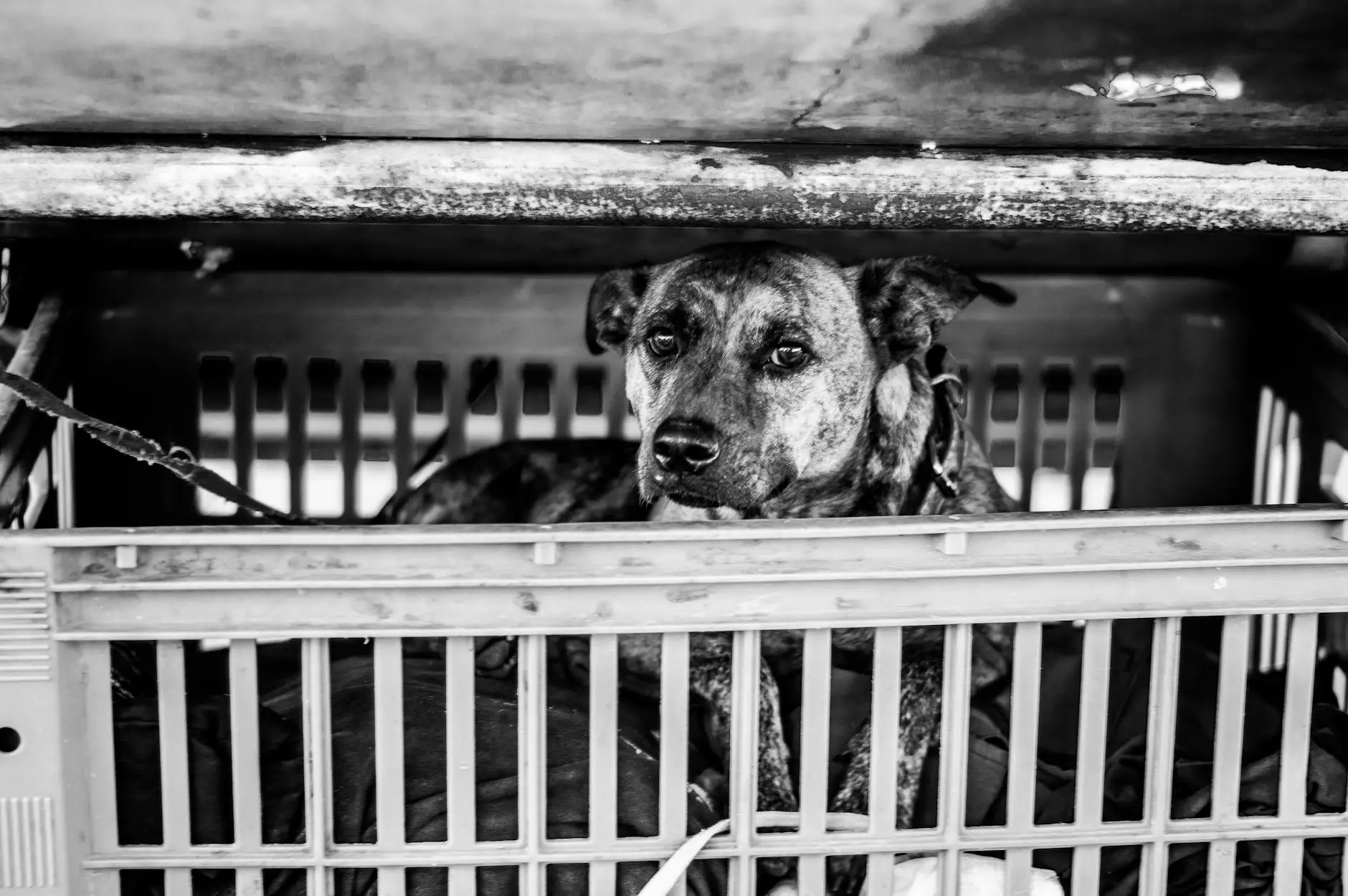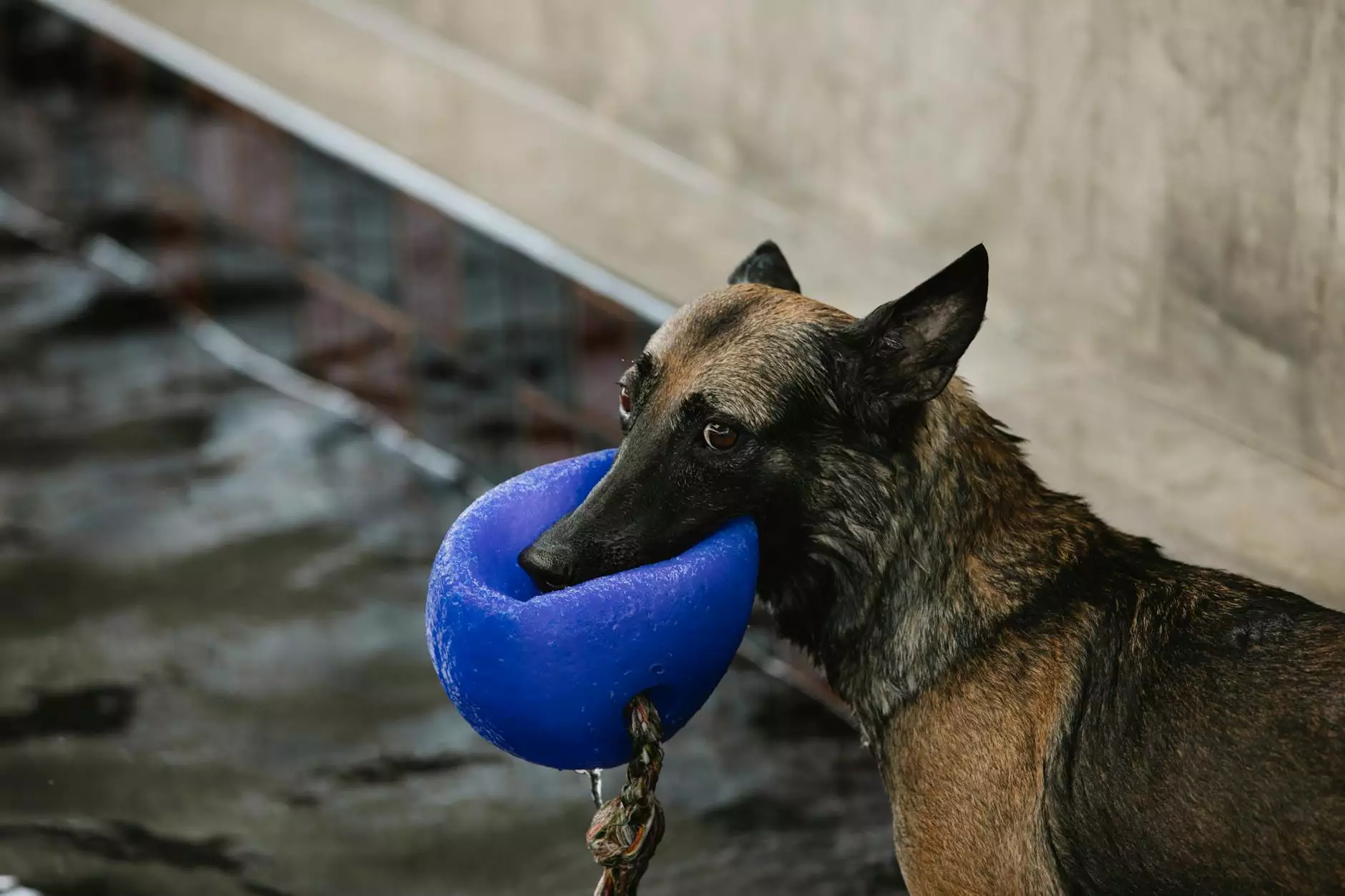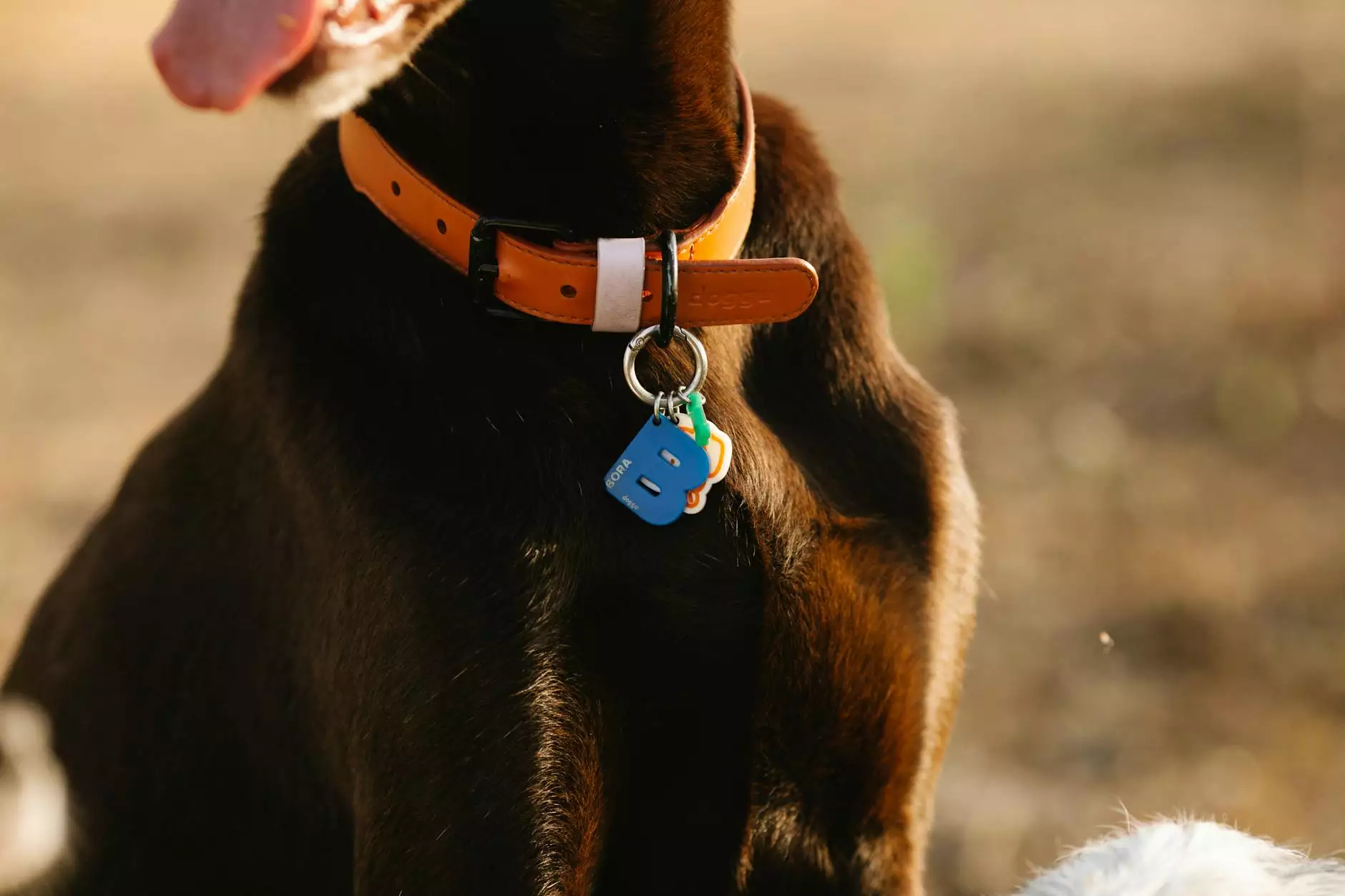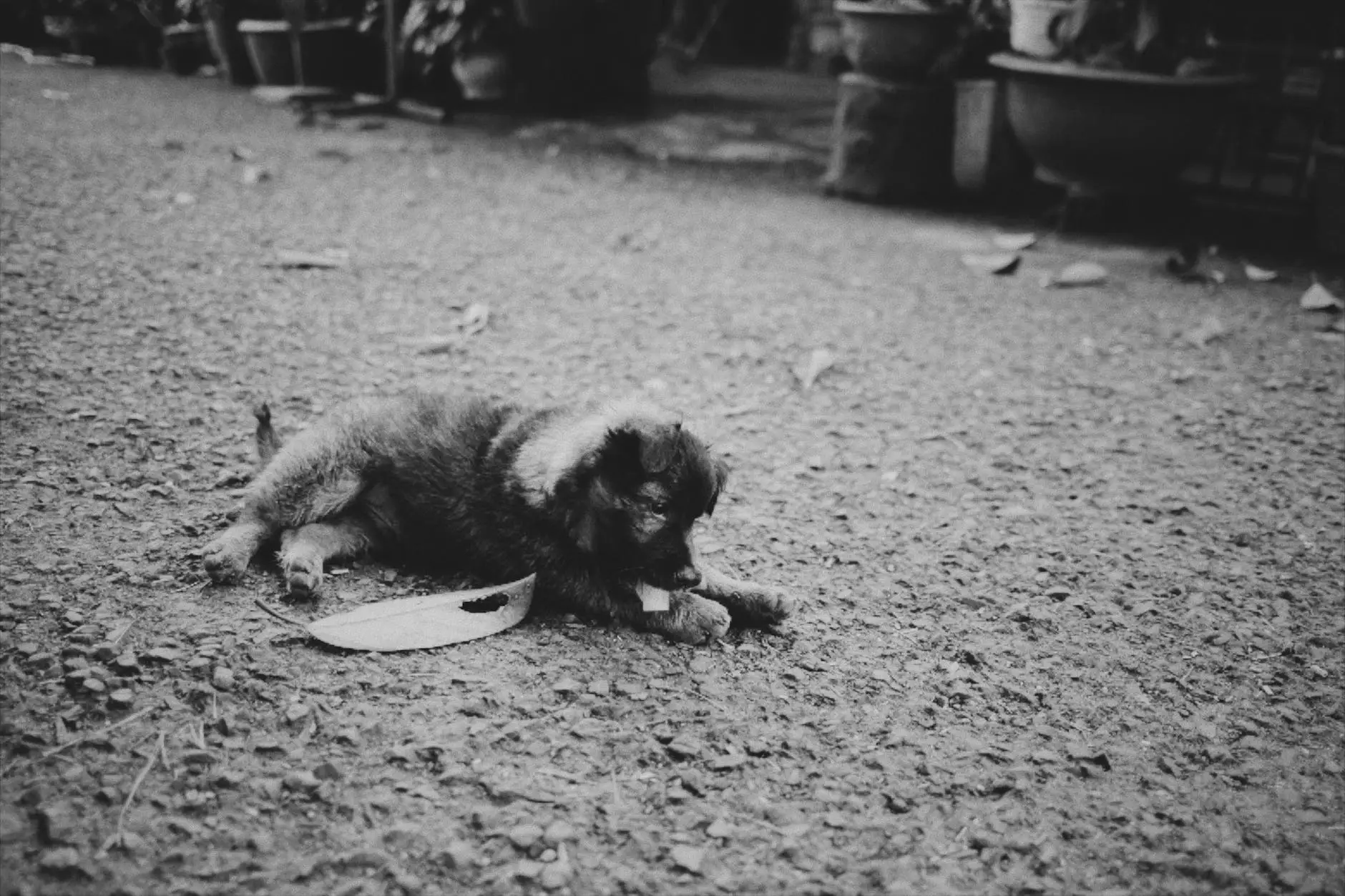Crate Training Guide: A Guide to Getting Your Dog Acquainted to a New Crate
Training Secrets
Welcome to Exotico Savannahs, your ultimate resource for all things pet-related. In this comprehensive guide, we will walk you through the process of crate training your dog, ensuring that they feel comfortable and secure in their new space. Whether you're a first-time dog owner or looking to refresh your crate training skills, our step-by-step instructions and valuable tips are here to help you make the process smoother and more enjoyable for both you and your furry friend.
The Importance of Crate Training
Crate training is an essential aspect of dog ownership. Not only does it provide your dog with a safe and secure space, but it also aids in their overall development and well-being. When done correctly, crate training can help prevent destructive behavior, separation anxiety, and promote proper house training.
Choosing the Right Crate
Before diving into the training process, it's crucial to select the appropriate crate for your dog. Consider their size, breed, and behavior when choosing between wire crates, plastic crates, or soft-sided crates. The crate should be large enough for your dog to stand, turn around, and lie down comfortably.
Introducing Your Dog to the Crate
The first step in crate training is to introduce your dog to the crate in a positive and gradual manner. Start by placing the crate in a designated area of your home where your dog feels comfortable. Leave the crate door open and allow your dog to explore and sniff around at their own pace.
To create a positive association, place treats, toys, or bedding inside the crate. Encourage your dog to enter the crate voluntarily and reward them with praise and treats for their cooperation. Repeat this process several times throughout the day, gradually increasing the duration your dog spends inside the crate.
Establishing a Routine
Consistency is key when it comes to crate training. Establishing a routine will help your dog understand and adapt to their designated crate time. Create a schedule for meals, potty breaks, and playtime, incorporating crate time at regular intervals.
During crate time, encourage your dog to enter the crate by using verbal cues or treats. As they enter, close the crate door and provide them with a special chew toy or treat to keep them occupied. This will help them associate the crate with positive experiences and prevent them from feeling anxious or confined.
Gradually Increasing Crate Time
As your dog becomes more accustomed to their crate, gradually increase the duration of crate time. Start with short intervals and gradually extend the time, monitoring your dog's comfort level throughout. Never leave your dog in the crate for extended periods without breaks, as they'll need to stretch their legs, relieve themselves, and interact with their surroundings.
Nighttime Crate Training
For many dog owners, crate training extends to nighttime as well. To ensure a restful sleep for both you and your dog, consider placing the crate in your bedroom. This allows you to monitor their behavior and offer reassurance. As your dog grows more comfortable, you can gradually move the crate to its final sleeping location.
Troubleshooting Common Challenges
During the crate training process, you may encounter a few challenges. Here are some common issues and their solutions:
Barking or Whining
If your dog barks or whines excessively when in the crate, it may be a sign of anxiety or discomfort. Before addressing the behavior, ensure that your dog has had sufficient exercise and mental stimulation. Introduce crate time gradually, using positive reinforcement and rewards. Consult a professional trainer if the behavior persists.
Accidents Inside the Crate
Accidents inside the crate can happen, especially during the early stages of training or if your dog is not properly let out for bathroom breaks. If accidents occur, clean the crate thoroughly with an appropriate pet-safe cleaner and consider adjusting the crate time intervals. Keep a close eye on your dog's behavior and make note of any patterns or signs that indicate they need to relieve themselves.
Conclusion
Crate training is an essential part of ensuring your dog's well-being and overall behavior. By following our guide, you'll be well on your way to successfully crate training your dog. Remember, patience and consistency are key. If you encounter any challenges along the way, don't hesitate to seek the guidance of a professional dog trainer. Start crate training today and create a safe haven for your beloved furry friend!










